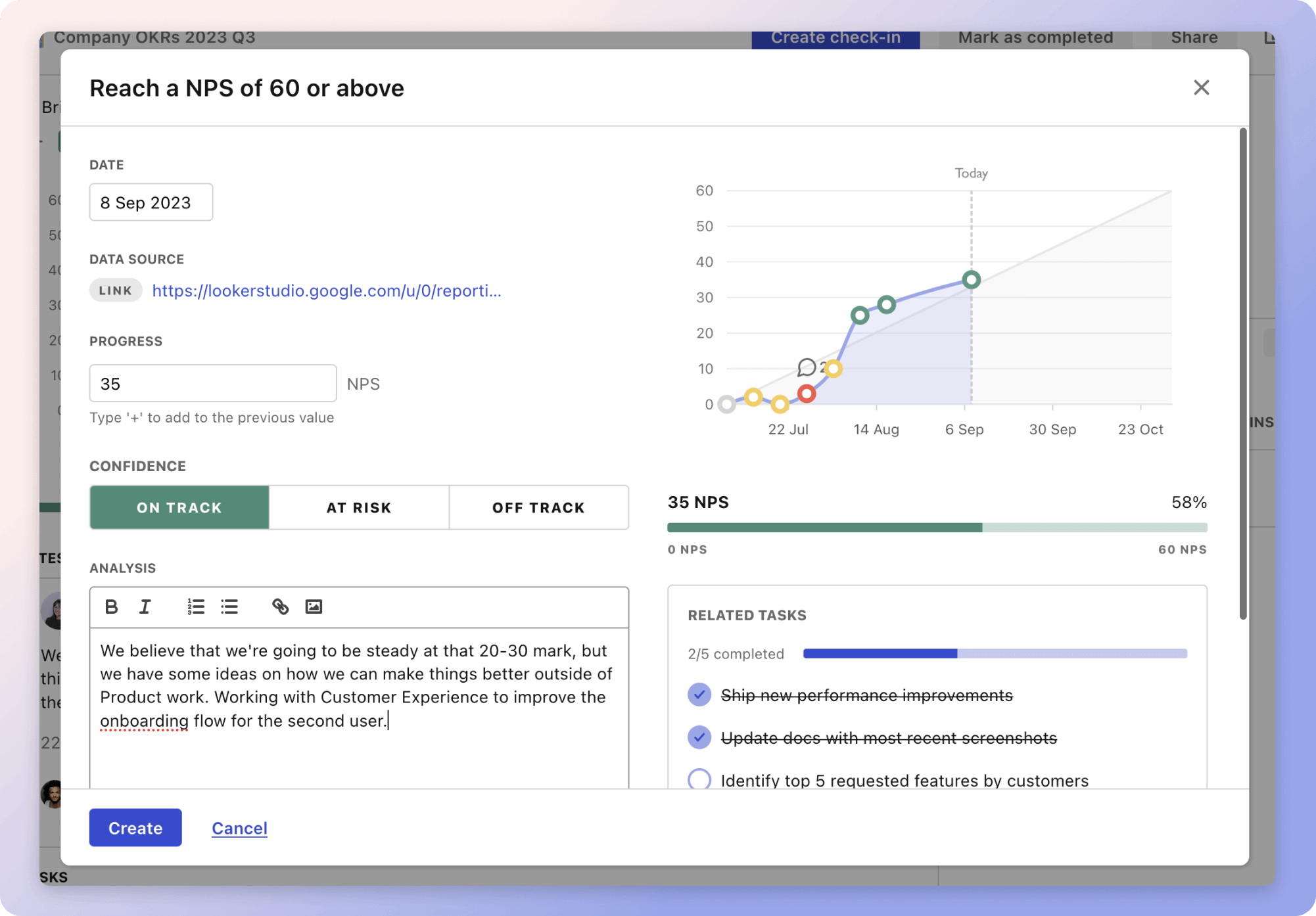The strategy focuses on creating profits by trading E-mini S&P 500 futures using three distinct approaches: trend-following, mean-reversion, and breakout strategies. In the trend-following strategy, traders identify major trends with moving averages, utilizing a 50-day for short-term and a 200-day for long-term assessments. Traders enter trades in the direction of these trends using a risk management plan, including stop-loss orders.
In the mean-reversion strategy, entry points are determined when prices deviate from moving averages, analyzed using Bollinger Bands. The strategy involves setting profit targets at the middle band while monitoring volatility and maintaining trading records. The breakout strategy identifies key support and resistance levels to plan trades around breakouts, confirmed with volume increases. Traders manage risks with stop-loss orders and evaluate strategy effectiveness through backtesting and adjustments.
The strategies
⛳️ Strategy 1: Implement trend-following
- Identify major market trends using moving averages
- Use a 50-day moving average to determine the short-term trend
- Use a 200-day moving average to determine the long-term trend
- Create a trading plan to enter trades in the direction of the trend
- Use a stop-loss order to manage risk on all trades
- Set take-profit levels based on average true range (ATR)
- Monitor economic indicators for shifts in market sentiment
- Adjust position size based on account equity and risk parameters
- Review trend-following performance on a monthly basis
- Modify strategy based on backtesting results and market conditions
⛳️ Strategy 2: Utilise mean-reversion
- Analyse price deviations from moving averages using Bollinger Bands
- Develop entry signals for when price touches upper or lower bands
- Implement a stop-loss order at a set distance from the entry point
- Utilise an oscillator, like RSI, for additional entry signals
- Set profit targets at the middle Bollinger Band
- Backtest strategy to determine optimal lookback period for Bollinger Bands
- Monitor market volatility and adjust criteria as necessary
- Keep a trading journal to analyse trade outcomes and performance
- Rebalance position size based on historical trade performance
- Evaluate strategy effectiveness quarterly and make necessary adjustments
⛳️ Strategy 3: Adopt a breakout strategy
- Identify key support and resistance levels on a daily chart
- Plan entries when price breaks above or below these levels
- Confirm breakouts with a volume increase
- Set stop-loss orders below the breakout point to manage risk
- Determine potential profit targets using previous resistance or support
- Backtest breakout strategy over multiple years for reliability
- Consider using options for additional leverage in breakout trades
- Evaluate potential news impacts that may cause breakouts
- Document trading performance in various volatility environments
- Adjust risk management based on win-loss ratio and drawdowns
Bringing accountability to your strategy
It's one thing to have a plan, it's another to stick to it. We hope that the examples above will help you get started with your own strategy, but we also know that it's easy to get lost in the day-to-day effort.
That's why we built Tability: to help you track your progress, keep your team aligned, and make sure you're always moving in the right direction.

Give it a try and see how it can help you bring accountability to your strategy.
